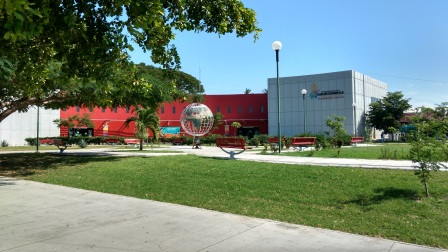--Originally published at Newbie Programmer
The application is finished, but its time to enter to the real world, you think that everything is good, and the final product is doing well, and you notice that the people are complaining about the product, even though you think that was perfectly done, you forget that the real world has a lot of different scenarios not the only you have in mind, it’s not that you are wrong, the real world is much different than we think when we are developing.

The real world, and a globe of the real world
The world is not a perfect scenario, we need to think to work in different contexts, and that’s why we need analysis, that help us to figure potential problems and how to solve them before we launch the final product to the real world. To do a good analysis we need to:
- Identify the problem: Figure potential problems.
- Plan a solution: Changes that our product is doing.
Use cases, we introduced them in chapter two, and now in this chapter we need them, because the use cases help us to explain to our customers how the application works in the real world. We have already the use cases, we can update them adding the new problems and solutions that we find out in the analysis.
With the new use cases we can figure out what classes, methods and attributes we need in our new version of the product, the textual analysis is an easy way to do this, we need to look at the nouns to create classes and verbs to create the methods of the classes.
But now, we need to design this classes and methods, we can use modeling languages like UML (Unified Modeling Language) that is useful for Object Oriented Analysis.

Simple example a class diagram
